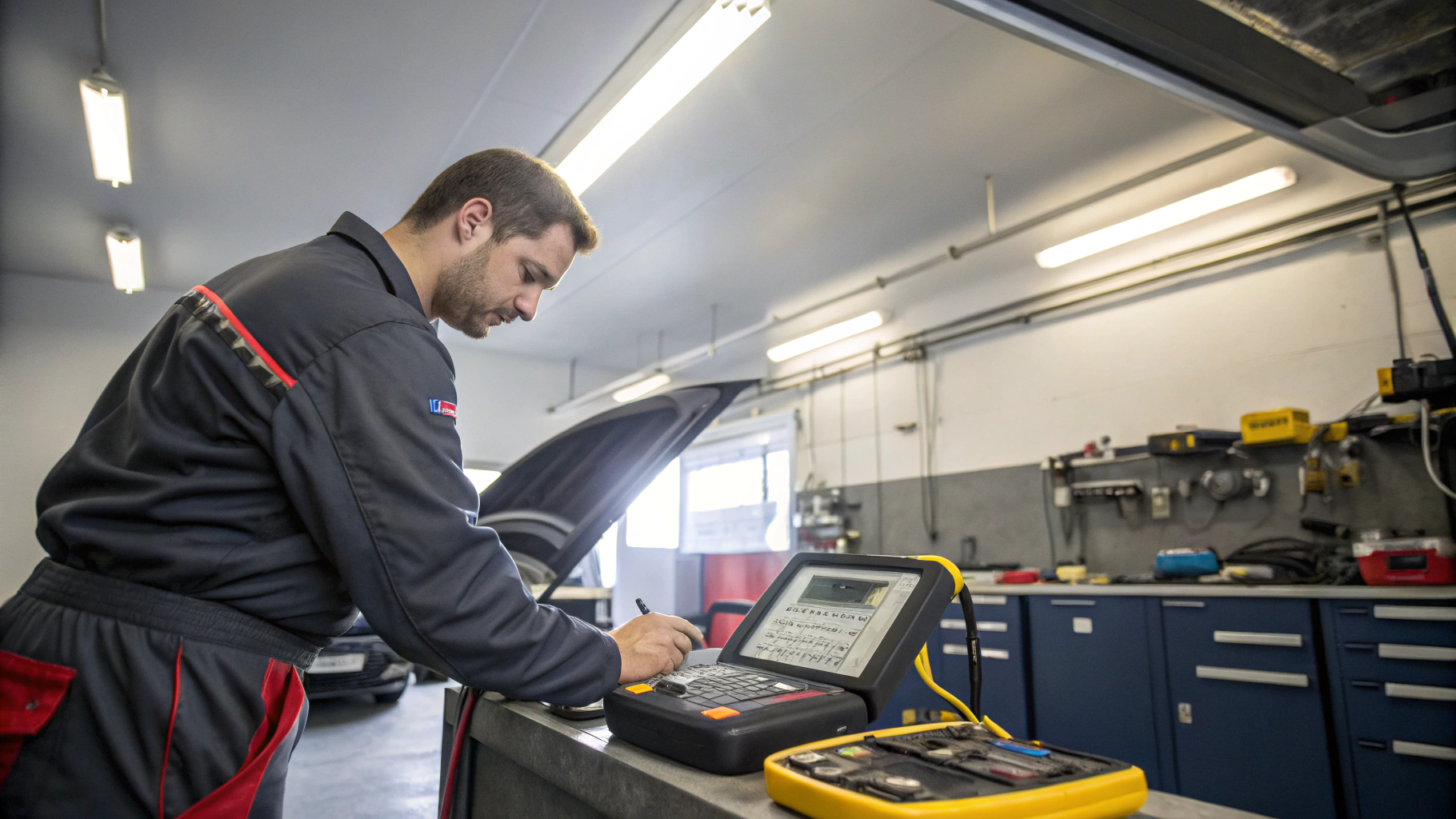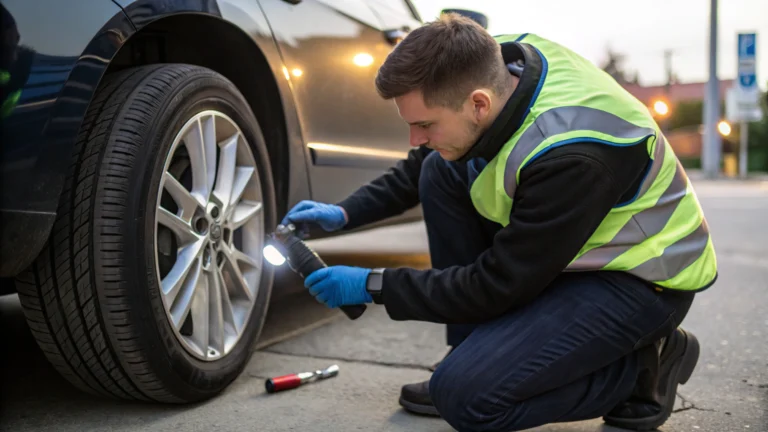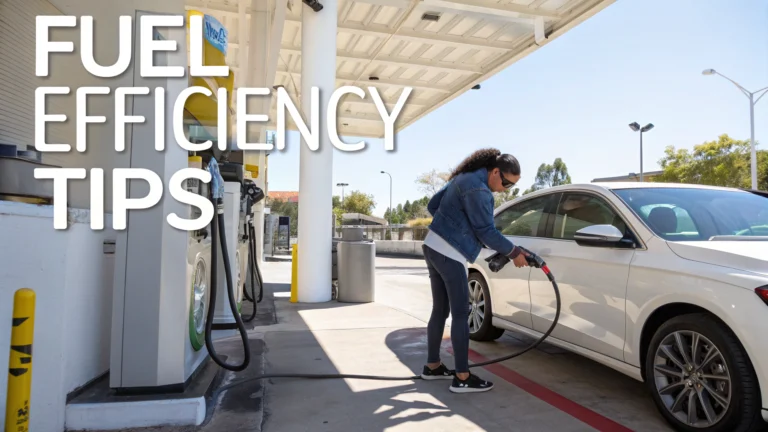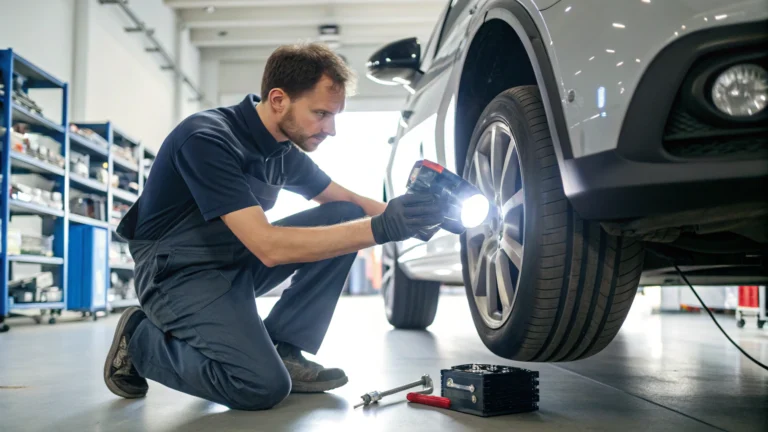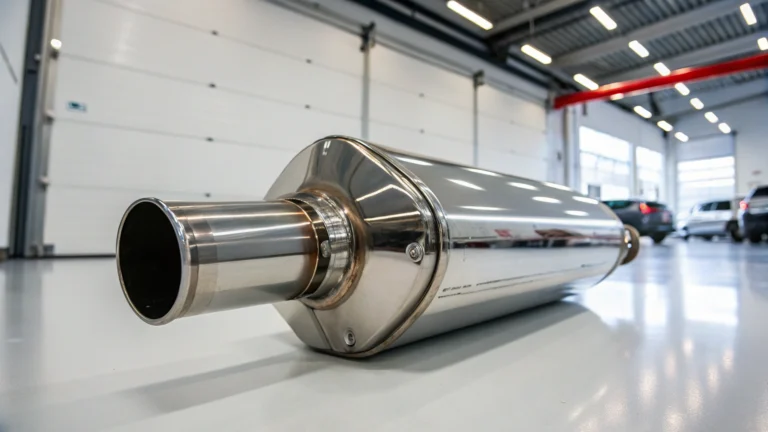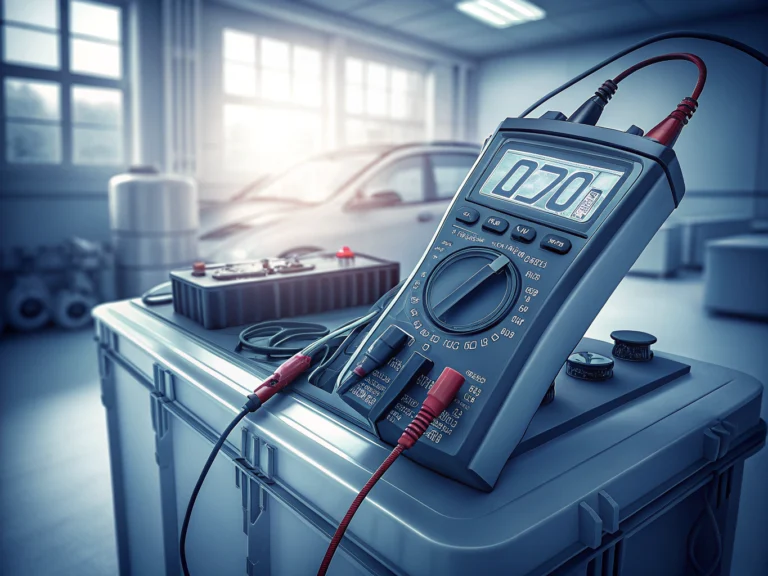Essential Guide to Fix a Faulty Car Heating and Defrost System
Table of Contents
The car heating and defrost system is crucial for maintaining comfort and visibility during the colder months. Understanding its operation and troubleshooting common issues can significantly enhance your driving experience.
In this guide, we will delve into the mechanics of the car heating and defrost system, explore common problems, and provide maintenance and repair tips to ensure optimal performance.
How Car Heating and Defrost System Works
Your car’s heating and defrost system is an integral part of the vehicle’s HVAC (Heating, Ventilation, and Air Conditioning) system. Unlike your home heating system, a car’s heater doesn’t generate its own heat—instead, it cleverly repurposes heat that the engine naturally produces during operation.
The process begins with the engine’s cooling system. As your engine runs, coolant circulates through the engine block, absorbing heat. This warm coolant then flows through the heater core, which functions essentially as a small radiator hidden inside your dashboard. When you turn on your car’s heater, a blower motor pushes air through this heater core, warming the air before it enters the cabin through various vents.
The defrost system works on the same principle but directs this warm air specifically toward your windshield. When you activate the defrost function, air is channeled through dedicated defrost vents at the base of your windshield. The warm air increases the temperature of the glass, preventing condensation from forming and melting any ice or snow on the exterior.
Modern vehicles often incorporate additional features such as heated side mirrors and rear window defrosters, which typically use electric heating elements embedded directly in the glass rather than warm air from the heater core.
Common Causes of Heating and Defrost System Problems
Insufficient Coolant Levels
Since the heating system relies on engine coolant to provide warmth, low coolant levels can significantly impact performance. If your heater is blowing cold air, checking coolant levels should be your first step. A leak in the cooling system will not only affect your comfort but could eventually lead to engine overheating. Learn more about coolant flush benefits for better performance.
Faulty Thermostat
The thermostat regulates coolant flow and temperature. If it’s stuck open, the engine might never reach optimal operating temperature, resulting in lukewarm air from your vents. Conversely, a thermostat stuck closed can cause overheating problems.
Clogged Heater Core
Over time, corrosion and debris can build up inside the heater core, restricting coolant flow. This obstruction prevents efficient heat transfer and reduces heating performance. A clogged heater core might manifest as weak heat output or even a sweet smell inside the cabin (from leaking coolant).
Blower Motor Issues
The blower motor is responsible for moving air through the system. If it’s failing or has failed completely, you might hear unusual noises or experience reduced airflow from the vents. Sometimes the issue is with the blower motor resistor, which controls fan speeds.
Broken Controls or Actuators
Modern vehicles use electronic controls and actuators to direct airflow to different vents. If these components fail, you might find that air doesn’t flow where it should—such as to the defrost vents when needed. You might hear clicking sounds as you change settings, indicating a mechanical issue with these components.
Air Pockets in the Cooling System
Air can become trapped in the cooling system after service work or when refilling coolant. These air pockets can prevent proper coolant circulation through the heater core, resulting in intermittent or poor heating performance.
How to Fix and Maintain Your Car Heating and Defrost System
Regular Maintenance Tips
Preventive maintenance is key to avoiding heating and defrost system failures. Here are essential maintenance practices to incorporate:
First, check your coolant level regularly and maintain the proper mixture of antifreeze and water. Most manufacturers recommend a 50/50 mix. Follow your vehicle’s maintenance schedule for coolant flushes and replacements, typically every 30,000 to 50,000 miles.
Keep the area around your cabin air filter clean and replace the filter according to the manufacturer’s recommendations. A clogged cabin air filter can restrict airflow and reduce heating efficiency. Additionally, inspect hoses and connections for leaks or signs of wear regularly, replacing any damaged components promptly.
DIY Troubleshooting Steps
If you’re experiencing heating or defrost issues, here are some steps you can take before heading to a mechanic:
Begin by checking coolant levels when the engine is cold. If low, carefully add the appropriate coolant mixture until it reaches the recommended level. Be sure to look for leaks if you find yourself frequently adding coolant.
For airflow problems, inspect and replace the cabin air filter if it’s dirty. Clean any debris from air intake vents, which are typically located near the base of the windshield. If your defroster isn’t working effectively, ensure that nothing is blocking the defrost vents on your dashboard.
If you suspect air in the cooling system, you may need to “burp” it by following your vehicle’s specific procedure for removing air pockets. This usually involves running the engine with the heater on and the radiator cap off until all air is expelled.
Advanced Repairs
Some heating and defrost issues require more technical expertise or specialized tools:
Replacing a thermostat involves draining some coolant, removing the old thermostat housing, installing the new unit, and properly refilling and bleeding the cooling system. For blower motor replacement, you’ll typically need to access the HVAC system behind the dashboard, which varies significantly between vehicle models.
Heater core replacement is one of the more complex repairs, often requiring partial dashboard disassembly. Due to the labor-intensive nature of this repair, professional assistance is recommended unless you have advanced automotive repair experience.
When dealing with electronic control issues, diagnostic tools may be necessary to pinpoint the problem. Modern vehicles often require computer recalibration after certain components are replaced.
A properly functioning car heating and defrost system is not just about comfort—it’s essential for safe winter driving. By understanding how your system works, recognizing common issues, and performing regular maintenance, you can keep your vehicle’s HVAC system operating efficiently for years to come. For complex problems, don’t hesitate to consult a professional mechanic, especially when safety is concerned.
As an Amazon Associate we earn from qualifying purchases.
Shop Related Products:
- Find car heater core on Amazon
- Find car heater blower motor on Amazon
- Find antifreeze/coolant on Amazon
- Find heater control valve on Amazon
- Find defroster repair kit on Amazon
Maintaining the car heating and defrost system ensures not only warmth but also safety while driving during winter. By staying informed about the working of these systems and adhering to maintenance routines, you can avoid costly repairs and ensure your vehicle remains in top condition.
Always consider professional help for complex issues or uncertain situations regarding the car heating and defrost system to avoid potential hazards and ensure a smooth driving experience throughout the winter months.
Frequently Asked Questions
How does a car heating system work?
It uses heat from the engine’s coolant to warm the cabin air. As coolant circulates through the engine and absorbs heat, it passes through the heater core (a small radiator in your dashboard). When you turn on the heater, a blower motor pushes air through this heater core, warming the air before it enters the cabin through the vents.
What causes a car defroster to fail?
Common causes include blower motor failure, clogged heater core, or broken controls. Other issues can be insufficient coolant levels, a faulty thermostat that prevents the engine from reaching proper operating temperature, air pockets in the cooling system, or problems with electronic control modules and actuators that direct airflow to the defrost vents.
Can I fix a defrost problem myself?
Yes, basic issues like clogged vents or low coolant can often be fixed DIY. You can check and top up coolant levels, clean or replace a clogged cabin air filter, clear blocked defrost vents, and in some cases, bleed air from the cooling system. However, more complex problems like heater core replacement or electrical issues may require professional assistance.
